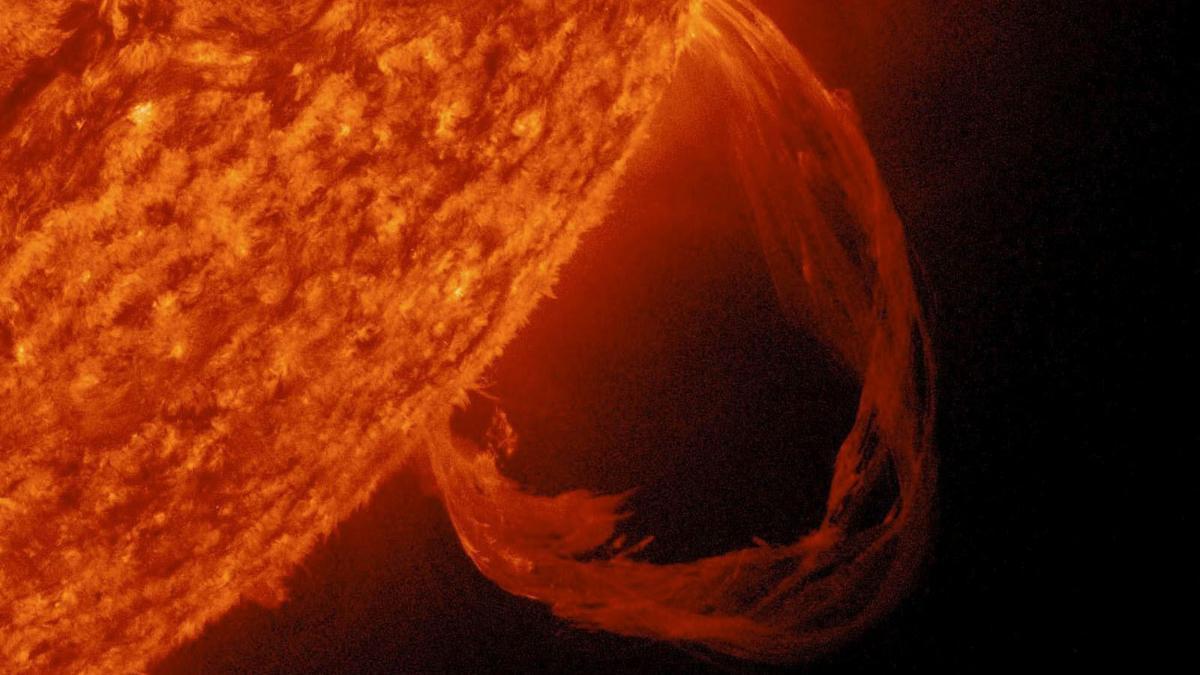A record geomagnetic solar storm put the planet on alert this weekend

The Earth will be hit multiple times this weekend strong geomagnetic solar storms, caused by a recent series of intense solar flares, according to the US National Oceanic and Atmospheric Administration (NOAA), which classified the event as a G4 event, the second most intense in magnitude. To find a solar storm of this magnitude, you’d have to go back to 2005.
The US National Oceanic and Atmospheric Administration classified the event as a G4 event, the second most intense in magnitude.
Solar activity has been particularly high these days, bringing us closer to the peak of the solar cycle, which is expected at the end of this year 2024. sunspots AR3663 and AR3664 were the protagonists of this activity, illuminating the Sun with numerous flares and coronal mass ejections (CMEs). According to the Space Weather Prediction Center (SWPC), at least five flares have been observed heading towards Earth since Wednesday. They are forecast to arrive on Earth starting this Friday and last until Sunday. The agency notes that this is an “unusual” episode.
The storm is forecast to reach Earth starting this Friday and last until Sunday.
Spot AR3664, located in the southern quadrant of the Sun, launched X-class flares, which are the most powerful in the classification, running from A to X on the power scale. According to eltiempo.es, this sunspot has grown to 200,000 km in diameter and is so large that it can be observed from Earth without the need to expand the surface of the Sun, with appropriate protection and filters.
And what are the consequences of this solar storm? To begin with, according to the SWPC, “geomagnetic storms can affect infrastructure in Earth orbit and on the Earth’s surface, potentially disrupting communications, power grids, navigation, radio and satellite operations.Thus, problems with GPS or Internet browsers may occur.
In addition to technological failures, geomagnetic storms of this magnitude can cause Northern lights at lower latitudes than usual.
The most famous solar storm occurred from September 1 to 2, 1859 and was called “The Carrington Event” astronomer Richard Carrington, a witness to this episode and the first to understand its nature. During the precursor phase and subsequent phase of solar storms, large amounts of X-rays are emitted, which take hours to days to reach our planet. This energy gives rise to auroras, which in cases like the one in 1859 are visible far beyond the polar region. Without going into detail, during the Carrington event they could be observed from as far away as Colombia, a country very close to the Earth’s equator.
